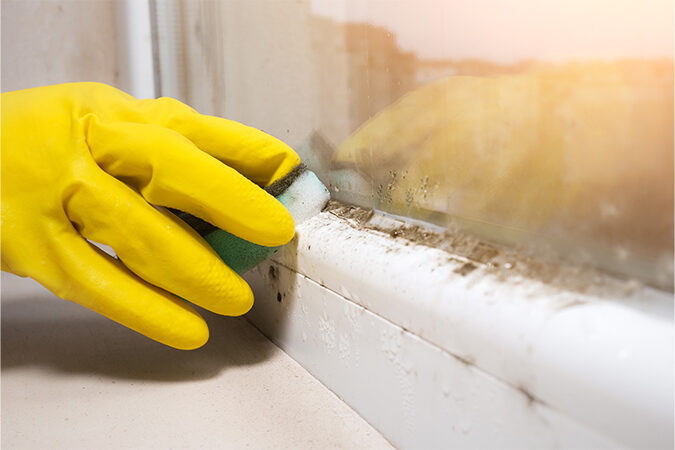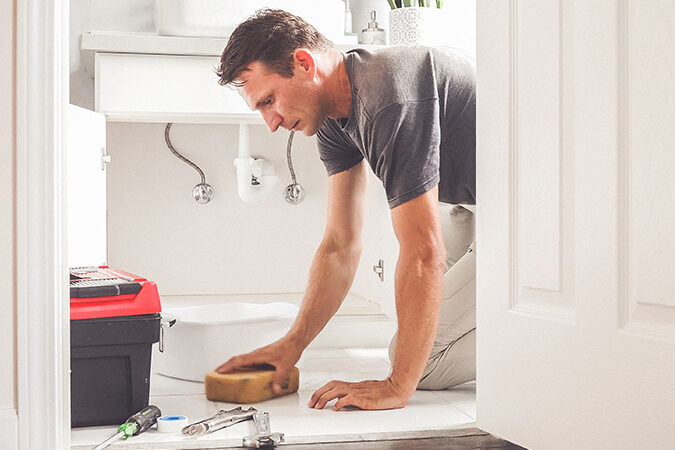
You don't need to live with damp and mould.
It’s not uncommon for any home to have small areas of damp, especially in the colder months. Most of the time, this is down to an increase in condensation – moisture can build up in the air around your windows as the weather gets chilly.
Keeping on top of damp and mould will make your home a happier and healthier place to be and there are a few simple changes you can make to your everyday routine,
Moisture guide
